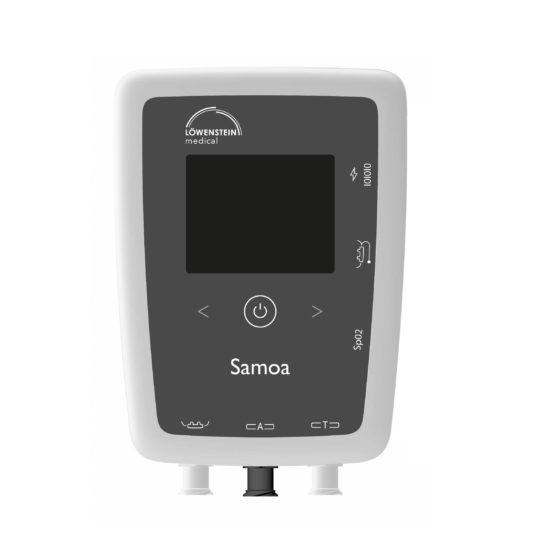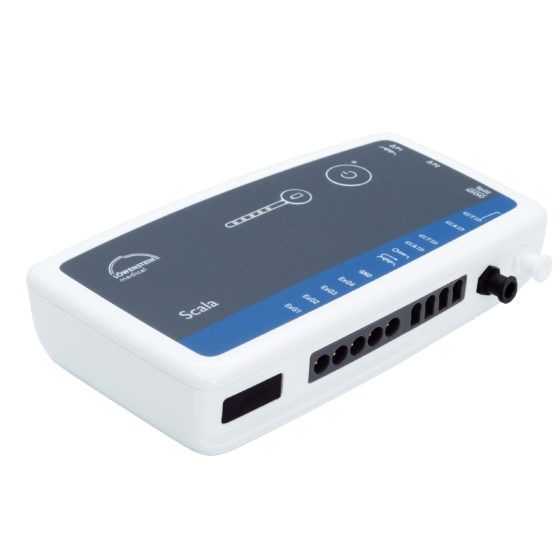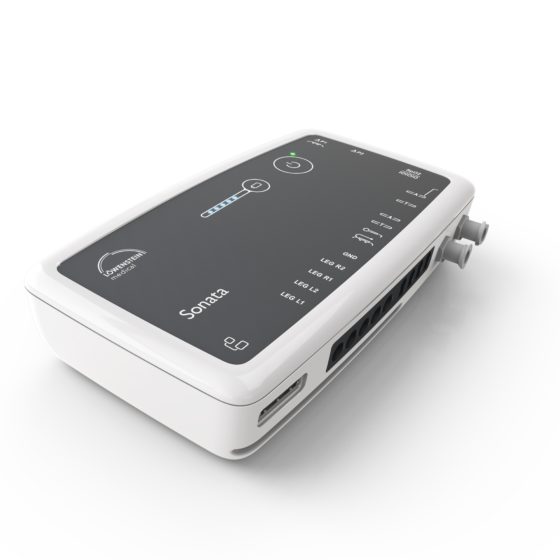
Sleep Diagnostics
Daytime sleepiness, decreased performance and circulation problems can be the result of disrupted sleep. Therefore, people thus affected, who may also have trouble falling or staying asleep, should have a sleep check-up. With the help of a sleep diagnosis device, it‘s possible to tell if a disease such as sleep apnea is to blame. If the findings confirm the suspicion, the patient will be referred to a sleep lab.
There the patient will be asked for his medical history and will be examined (ECG, pulmonary function, X-rays or sonograms and sleepiness test). A diagnosis of apnea can be derived from the EEG made during the night and other parameters, such as air flow via the mouth and nose, eye and leg movements, oxygen saturation and snoring noise, captured by electrodes and sensors. The recorded signals provide information about the different sleep stages and possible apneas and give the doctor information about the type of disease involved.
Löwenstein Medical has developed software that supports doctors in their decisions. According to the results of a study* carried out in six renowned sleep labs in Europe, ARTISANA delivers an excellent analysis of polysomnographic data.
*M. Schwaibold, Th. Ploch, W. Cassel, I. Th. Penzel, H.-F. Becker. Multicenter Study on the Variability of the Sleep Stage Scoring Algorithm ARTISANA Compared to Human Experts – Part II: Validation Phase, Abstract ERS, 114s, P793, 2005


